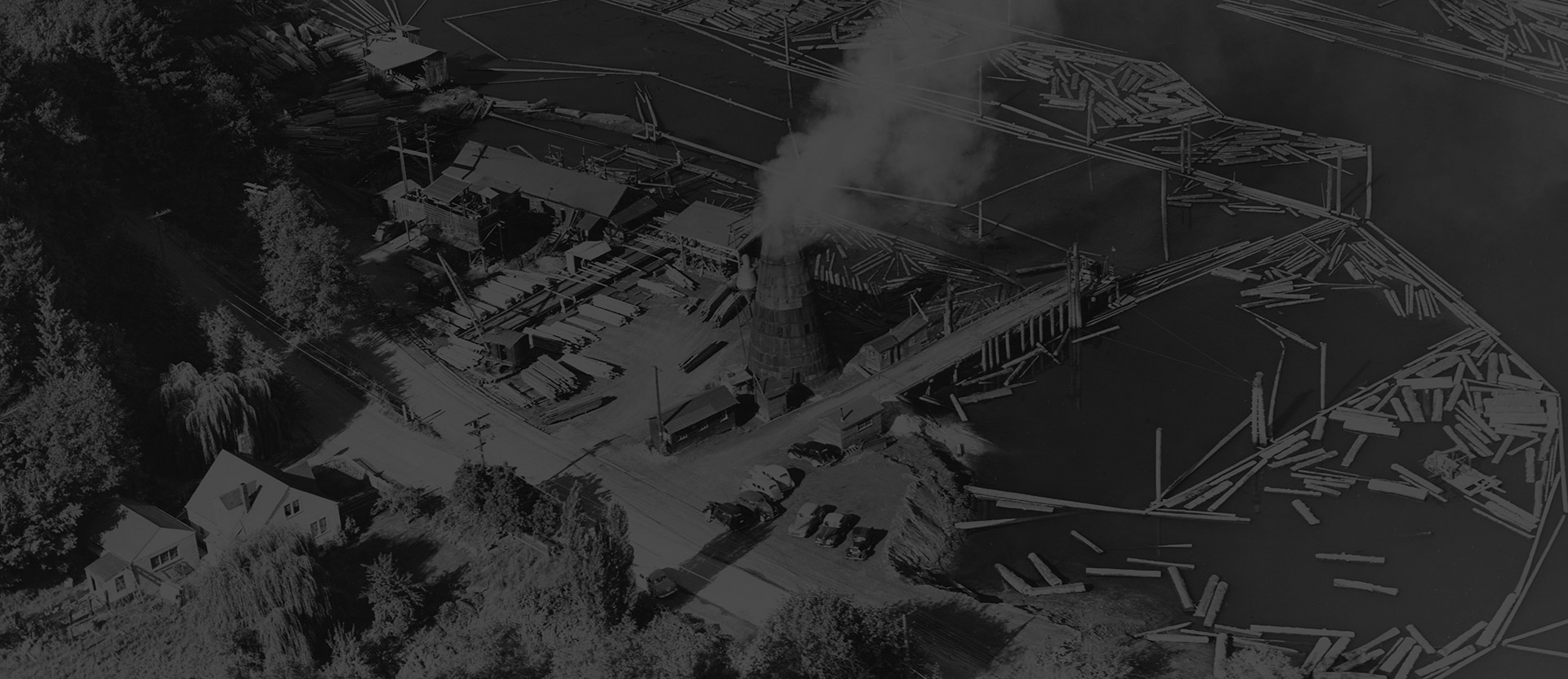The story of Smyth Landing is interwoven with the history of the Smyth family and its deep roots on Olympia’s West Bay Drive.

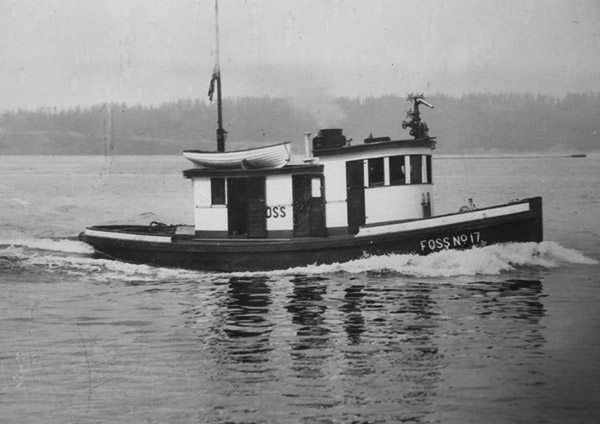
It began over 100 years and 4 generations ago with Edward James Smyth, when Olympia’s waterfront was a working waterfront, and Mr. Smyth operated a boat building business. His son, Delta V. Smyth, moved from building boats to operating a small fleet of tugs to serve the ever-growing timber industry. These were working tugs with names like Sandman and Parthia, which hold a prominent place in Olympia’s maritime history.
Timber was the future, and Delta Smyth embraced it by building a small sawmill on Budd Inlet, on the site where Smyth Landing now stands.
The Olympia waterfront of the late 1800s and early 1900s was a center of commerce. Timber was the future, and Delta Smyth embraced it by building a small sawmill on Budd Inlet, on the site where Smyth Landing now stands. After World War II the family’s waterfront ties reached its third generation, when Delta’s son Wayne came to work for the family business. He led the expansion of what was a small mill that squared logs into “cants” into a full-scale sawmill known as Delson Lumber.
For decades the mill supported many Olympia families with good-paying jobs, and shipped locally produced lumber all across the country. Between Olympia’s continued growth, which saw new neighborhoods appearing closer to the industrial areas along West Bay Drive, and new environmental and economic concerns confronted the Pacific Northwest’s timber industry, the transition of Olympia’s waterfront became inevitable. The Delson mill closed for good in the early 1990s and the property sat vacant.
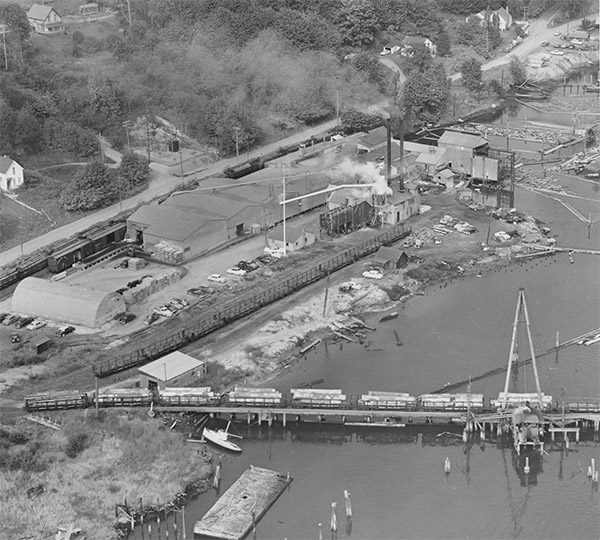
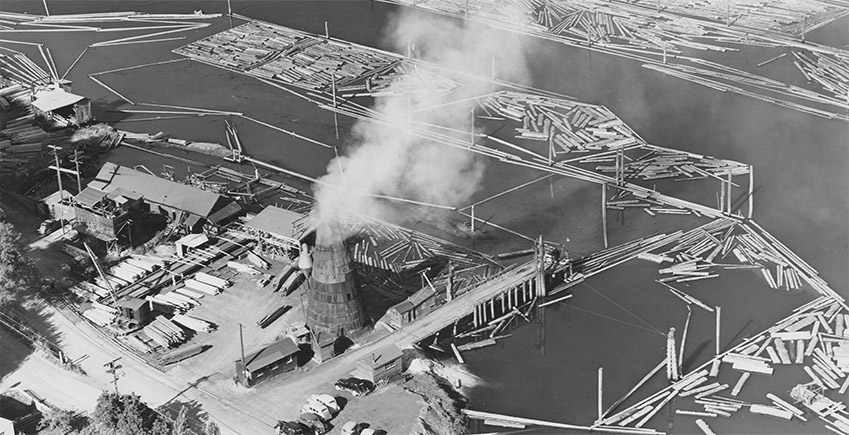
Wayne Smyth’s daughter, local attorney Sarah Smyth McIntosh envisioned a new future for the West Bay area and her family’s land that would preserve the waterfront while allowing for responsible development.
In 1997 Sarah began working with the city of Olympia, architects, neighborhood associations, and others to move the area into the 21st century with a positive balance of commercial ventures and public spaces that respects the environment and celebrates the local history.
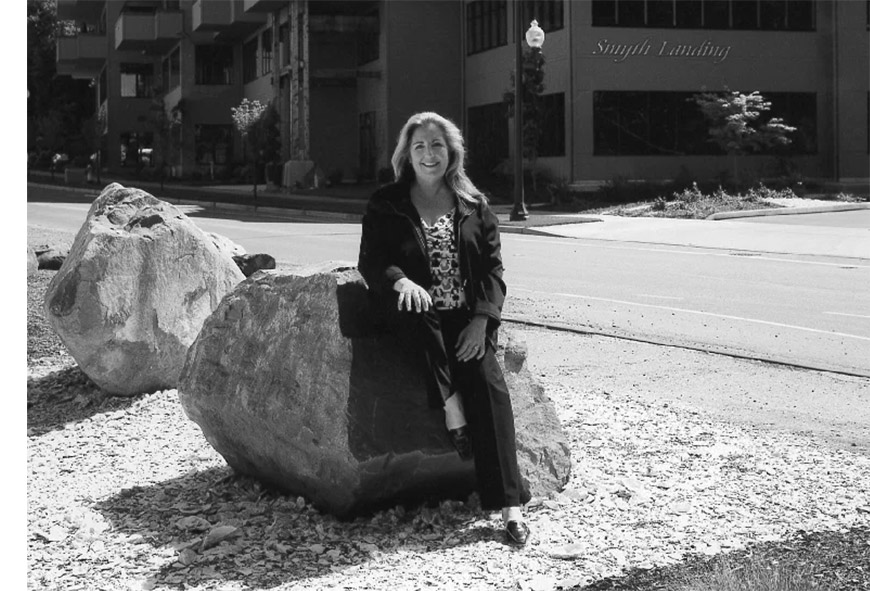
The first realization of Sarah’s vision is Smyth Landing, one of the first major mixed-use developments in the area to be created under the subarea plan for West Bay. With a marina close at hand to the north and five other developments completed to the south, the potential growth opportunities are becoming ever more apparent. The city has contributed by creating a waterfront park which connects with Garfield Nature Trail and planning for a waterfront trail that would follow all along West Bay Drive to the waterfront park Sarah created at Smyth Landing.
With Smyth Landing, the move toward the mixed-use urban waterfront sought by city officials has a strong anchor – and while sawmills and tugboats may be gone, the story of the Smyth family continues in ways that benefit the local economy and Olympia’s quality of life.


